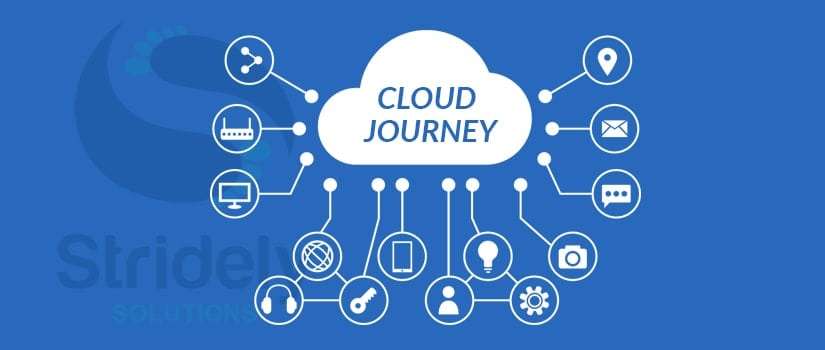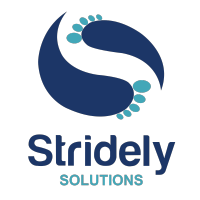Moving to Cloud and Ahead – How Good is Your DIY Approach to Networking?

Migrating to the cloud and revamping your organizational infrastructure to be cloud compatible are two different things. What companies need to do is the latter but what they invest in, is the former.
Azure SignalR Service for ASP.NET – All you need to know.

ASP.NET developers now have an open-source library to integrate a feature in their web applications in real-time. Now before we go ahead to see how Azure SignalR Service helps the developer perform enhancements in their web applications in real-time, let’s see what exactly we mean to say through the term – Real-time web applications.

